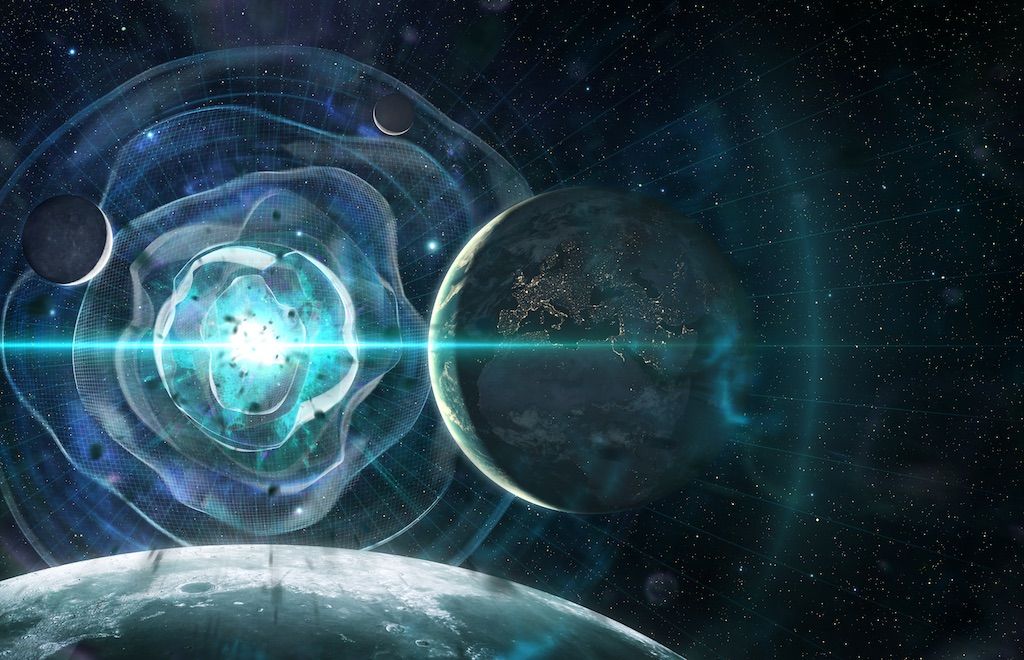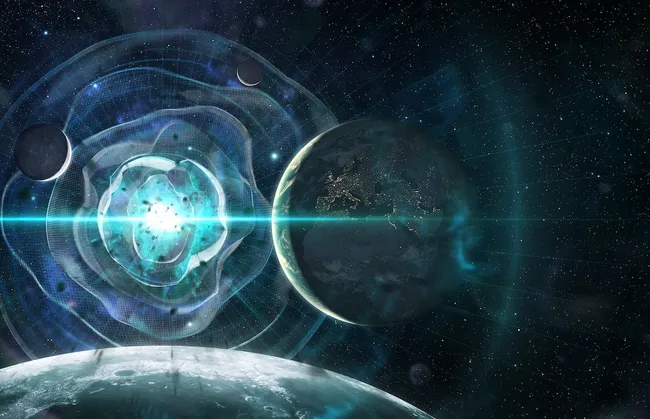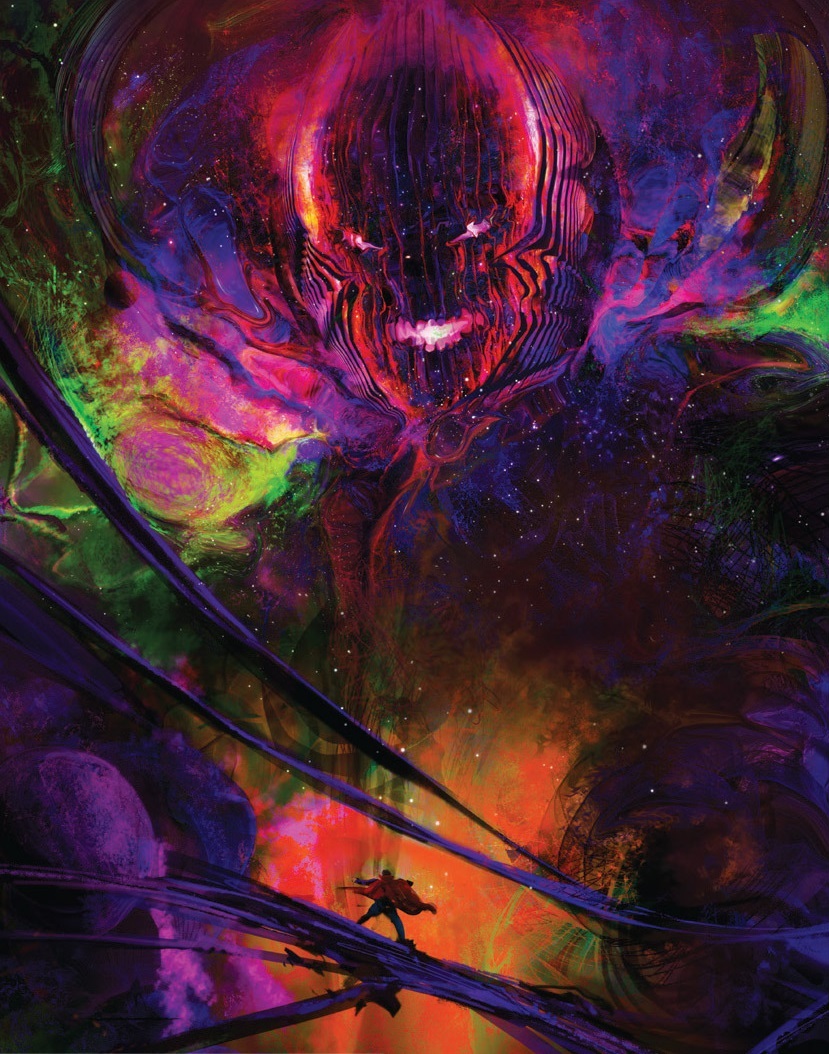
Space roar: The mystery of the loudest sound in the universe
The powerful signal was six times louder than expected.

In space, nobody can hear you scream, but with the right equipment, it is possible to detect a roar. That's what scientists discovered back in 2006 when they began to look for distant signals in the universe using a complex instrument fixed to a huge balloon that was sent to space. The instrument was able to pick up radio waves from the heat of distant stars, but what came through that year was nothing short of astounding.
...it picked up a signal that was six-times louder than expected by cosmologists. Because it was too loud to be early stars and far greater than the predicted combined radio emission from distant galaxies, the powerful signal caused great puzzlement. And scientists still don't know what is causing it, even today. What's more, it could hamper efforts to search for signals from the first stars that formed after the Big Bang.
The instrument that detected the mysterious roaring signal was the Absolute Radiometer for Cosmology, Astrophysics, and Diffuse Emission (ARCADE), which NASA built to extend the study of the cosmic microwave background spectrum at lower frequencies.
The mission's science goals — as ARCADE floated high above Earth's atmosphere, free of interference from our planet — were to find heat from the first generation of stars, search for particle physics relics from the Big Bang and observe the formation of the first stars and galaxies. It accomplished these goals by scanning 7% of the night sky for radio signals, since distant light becomes radio waves as it loses energy over distance.
American physicist David Brown, for example, said the space roar could be "the first great empirical success of M-theory," a broad mathematical framework encompassing string theory. "There might be a Fredkin-Wolfram automaton spread across multitudes of alternate universes, yielding recurrent physical time with endless repetitions of all possible physical events," Brown wrote on the FQXi Community blog. What this supposes is that the early universe had much more real matter than today, accounting for the powerful radio signal.
Whatever the signal is, it's also causing issues when it comes to detecting other space objects. As NASA has pointed out in the past, the earliest stars are hidden behind the space roar, and that is making them more difficult to detect. It's as if the universe is giving with one hand and taking with another, but to have uncovered something so unusual is immensely exciting. When you're ruling out an origin from primordial stars and known radio sources such as gas in the outermost halo of our galaxy, it's a mystery any scientist would savour with relish.
But there are also new projects emerging which could help. "One of them will use the 300-foot [91 meter] radio telescope at Green Bank, West Virginia, to map the radio sky to higher precision than before," Kogut said. "Perhaps this will shed some light on the mystery."
Singal certainly hopes so. He is working on the Green Bank Telescope project, making use of the largest clear-aperture radio telescope in the world to measure the level of the background as a primary, rather than ancillary goal. It will do this using a definitive, purpose-built, absolutely calibrated zero-level measurement taken at the megahertz (MHz) frequencies where the radio sky is brightest. (A megahertz is equal to a million hertz.)




